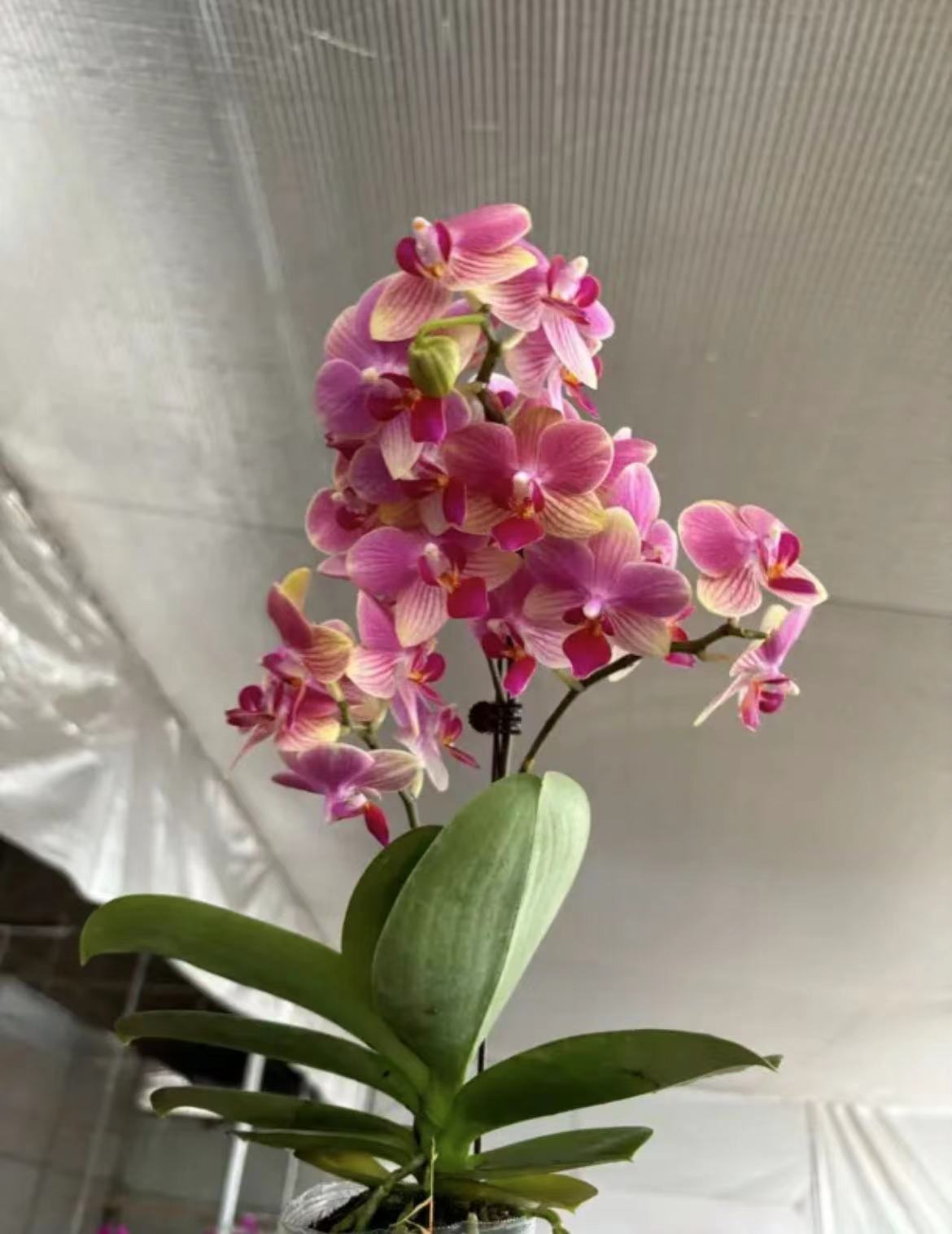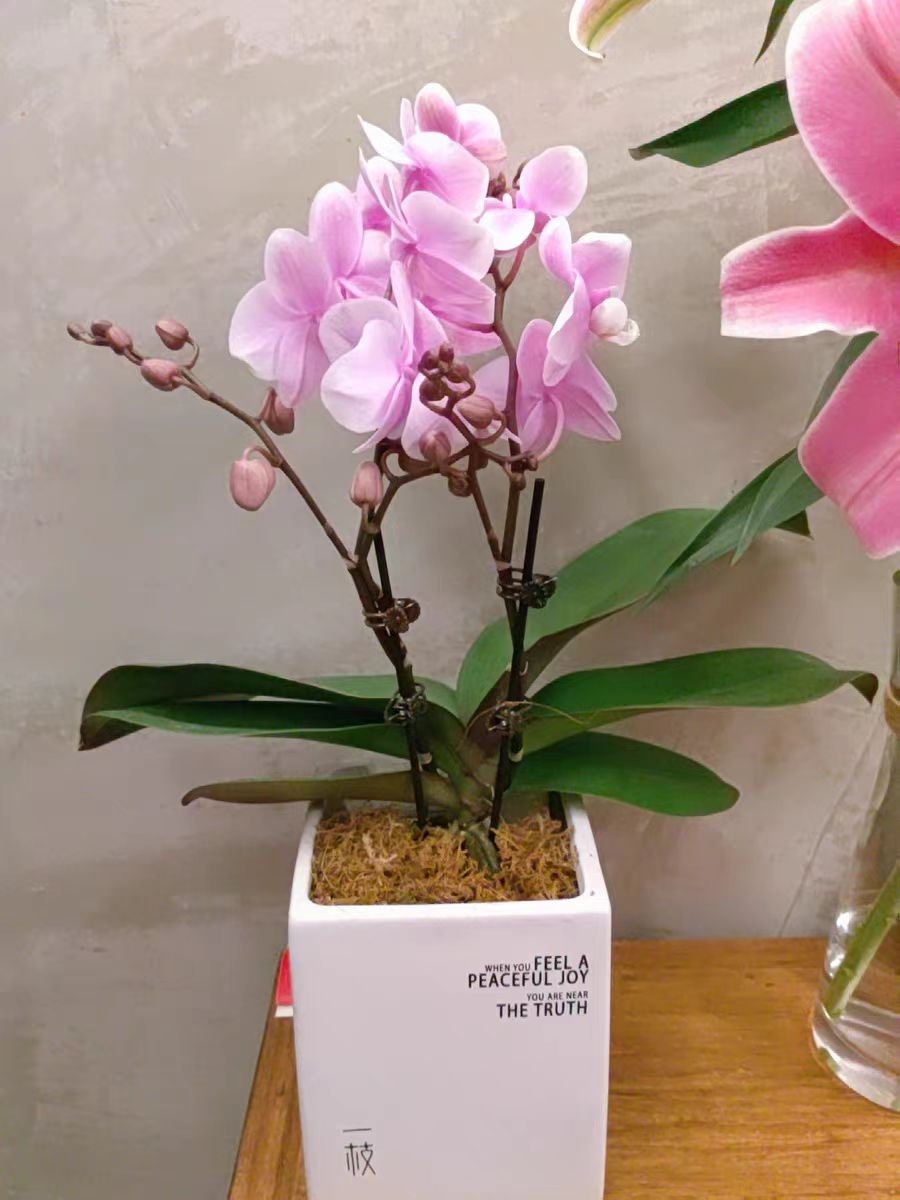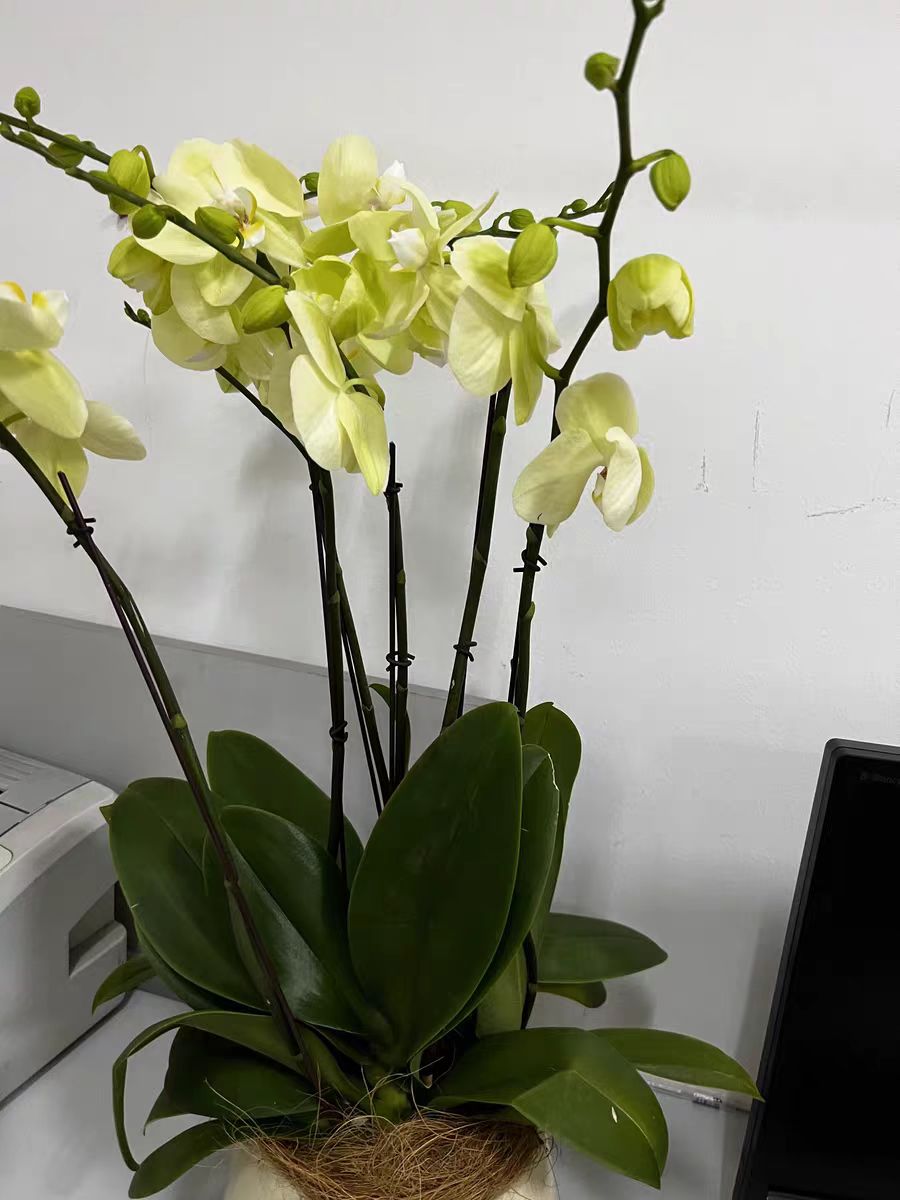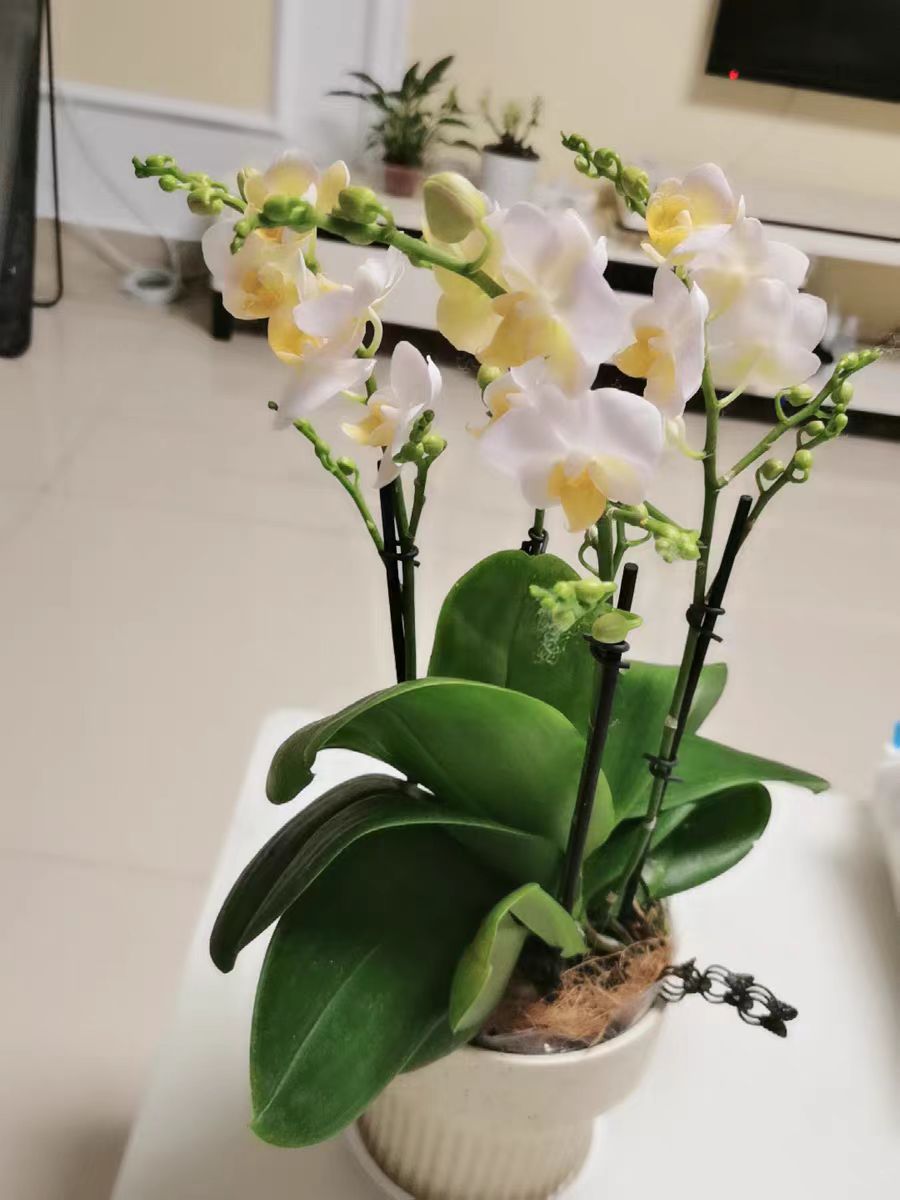Phalaenopsis. During the cultivation process, sometimes the problem of shriveled roots of Phalaenopsis may be encountered. This not only affects the growth of the plant but may also lead to the death of Phalaenopsis. So, what are the reasons for the shriveled roots of Phalaenopsis? And how can we make Phalaenopsis burst with roots?
Reasons for shriveled roots of Phalaenopsis
Phalaenopsis is a plant that likes a humid environment. However, excessive watering or insufficient watering can both cause root problems. If there is too much watering, the roots will be in a state of waterlogging for a long time, leading to lack of oxygen in the roots and thus causing root rot and shriveling. Insufficient watering will cause the roots to lack water and be unable to absorb water and nutrients normally, which will also lead to shriveled roots.
Excessive fertilization or improper fertilization can also cause damage to the roots of Phalaenopsis. If there is excessive fertilization, the salt concentration in the soil will be too high, causing the roots to lose water and thus leading to shriveled roots. Improper fertilization, such as using unfertilized fertilizer or fertilizer with too high concentration, will also burn the roots and cause them to shrivel.
Phalaenopsis has relatively high requirements for the environment. If the environment is not suitable, it will also affect the growth of the roots. For example, too high or too low temperature, too strong or too weak light, and overly dry air will all have adverse effects on the roots of Phalaenopsis and lead to shriveled roots.
Methods for Phalaenopsis to burst with roots
For Phalaenopsis, water when the soil surface is dry. Water thoroughly but do not let the soil accumulate water. When watering, a watering can can be used to spray water on the roots and leaves of the plant to increase air humidity. At the same time, pay attention to water quality. It is best to use rainwater, purified water or treated tap water.
The concentration of fertilization for Phalaenopsis should be low and the frequency of fertilization should be high. When fertilizing, special Phalaenopsis fertilizer can be used and fertilized according to the requirements of the instruction manual. At the same time, pay attention to the fertilization time. It is best to fertilize during the growing season and avoid fertilizing during the dormant period.
Phalaenopsis likes a warm, humid, and semi-shaded environment. During the cultivation process, pay attention to controlling temperature, light, and humidity. The temperature is best controlled between 18℃ and 28℃. The light should be moderate and avoid direct sunlight. The air humidity should be maintained between 60% and 80%. Air humidity can be increased by spraying water, using a humidifier, and other methods.
If the roots of Phalaenopsis are already severely shriveled, consider repotting and trimming the roots. When repotting, take Phalaenopsis out of the original pot, gently shake off the soil on the roots, then use scissors to cut off the shriveled and rotten roots, and then disinfect with fungicides such as carbendazim. Finally, replant Phalaenopsis into a new pot, use fresh soil, and water thoroughly.
There are many reasons for the shriveled roots of Phalaenopsis. Analyze and deal with them according to specific situations. At the same time, master the correct cultivation methods, create a suitable environment, fertilize and water reasonably, and prevent and control pests and diseases in order to make Phalaenopsis burst with roots and grow healthier and more beautiful.
Reasons for the shriveled roots of Phalaenopsis

Share with
Tagged in :




Leave a Reply